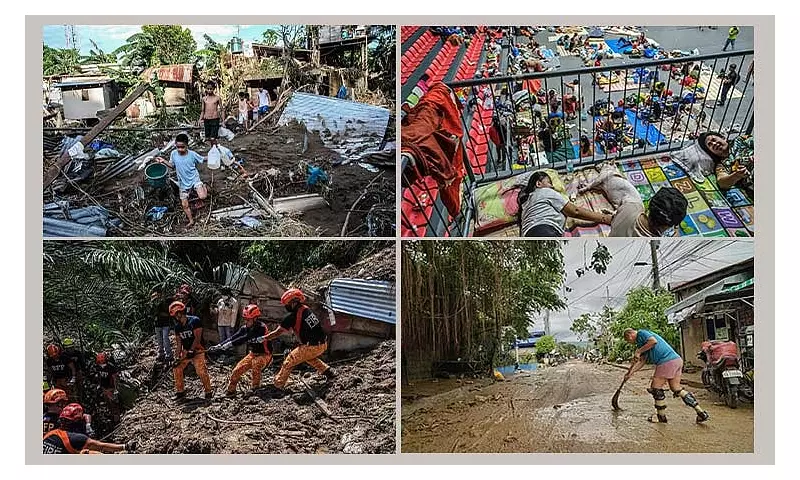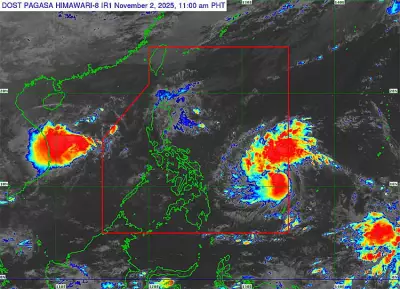
Early Tuesday morning on November 4, 2025, Typhoon Tino unleashed devastation across Cebu Province, claiming more than 100 lives and leaving communities submerged in floodwaters. While not the deadliest typhoon in Cebu's history - that distinction belongs to Typhoon Ruping in November 1990 which killed 500 people - Tino's impact has sparked outrage and demands for accountability.
Governor Calls for Senate Investigation
Governor Pamela Baricuatro has demanded a Senate investigation into alleged anomalies involving flood control projects that failed to protect the province. The call for scrutiny comes after P26 billion was spent on flood control in Cebu since 2016, yet the infrastructure proved inadequate against Tino's onslaught.
Two days after the typhoon submerged communities across the province, Baricuatro publicly demanded justice and accountability from officials and contractors behind the flood control projects. "All those lives lost. All the destruction. It's no wonder people are looking for someone to blame," the governor stated.
Criticism of Leadership Response
Despite the governor's calls for investigation, critics argue that the provincial leadership could have demonstrated more urgency in its disaster response. Unlike former governor Gwendolyn Garcia during Typhoon Odette in 2021, who "acted with frenzy" and mobilized resources immediately, the current administration faces accusations of insufficient action during the critical hours following the disaster.
According to sources familiar with both administrations, Baricuatro should be mobilizing contractors with heavy equipment to clear roads and reach isolated communities rather than engaging in political blame games. With over 100 people already dead, the priority should focus on survivors and immediate relief operations.
Understanding the Scale of Disaster
The Philippine Atmospheric, Geophysical and Astronomical Services Administration (Pagasa) reported that the 24-hour rainfall during Typhoon Tino equaled approximately a month and a half's worth of typical November rainfall. This extreme weather phenomenon, combined with decades of unchecked development near waterways and deforestation, created conditions where flood control systems were overwhelmed.
Experts suggest that multiple factors compounded the devastation, making it shortsighted to blame any single cause. The politicization of the tragedy should be avoided in favor of comprehensive examination of what went wrong and how to address shortcomings before the next major storm strikes.
The path forward requires cooperation between government agencies, private contractors, and citizens. While flood control projects deserve scrutiny, the solution involves addressing broader environmental and urban planning issues that have developed over decades. The burden cannot fall on government alone - every citizen must take responsibility for their role in creating resilient communities.





